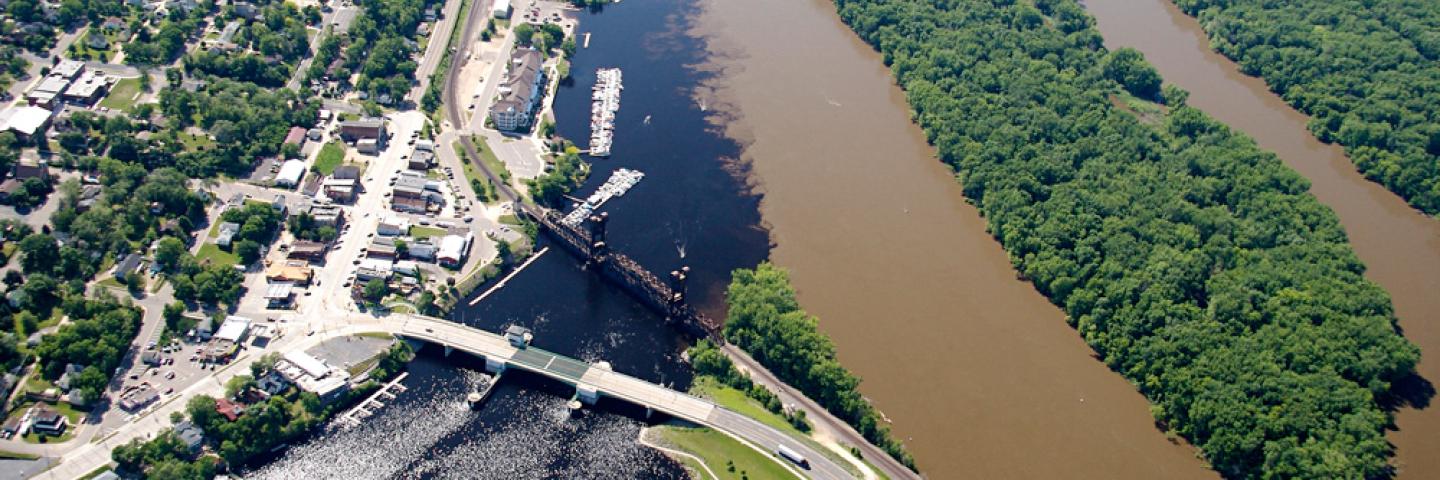The MPCA studies, monitors, and regulates numerous water pollutants to protect human health and the environment. At the state level, three agencies share the monitoring and control of pollutants:
- The MPCA focuses on pollutants and stressors in lakes and streams (surface waters) and groundwater aquifers.
- The Minnesota Dept. of Agriculture focuses on the effect of agricultural chemical on surface waters and groundwater.
- The Minnesota Dept. of Health focuses on drinking water, which comes from both surface waters and groundwater.
Choose a pollutant below to learn where it comes from and its effects on human health and the environment, and monitoring and regulation information.
In addition to the pollutants listed below, Minnesota water quality rules contain standards (acceptable levels) for substances, characteristics, and pollutants. Many of these are not widespread problems, in part because the rules have led to adequate controls.
